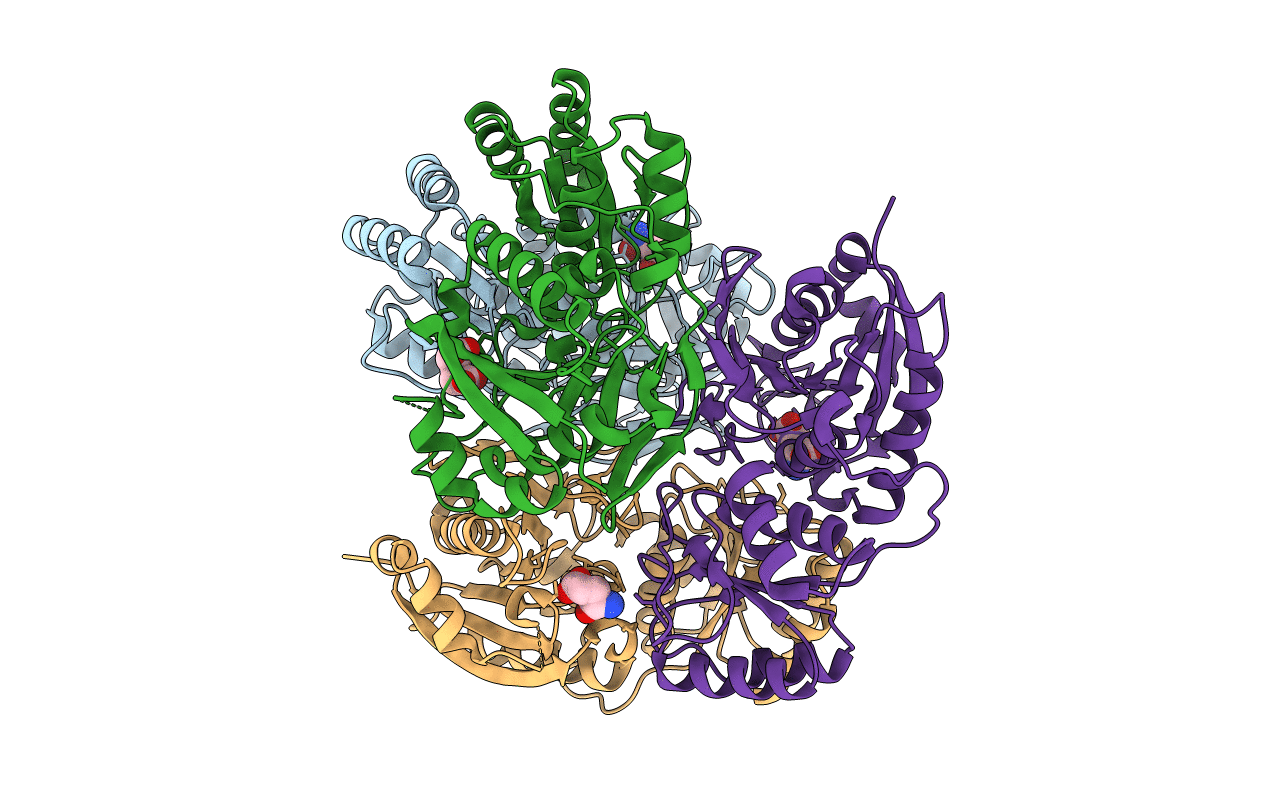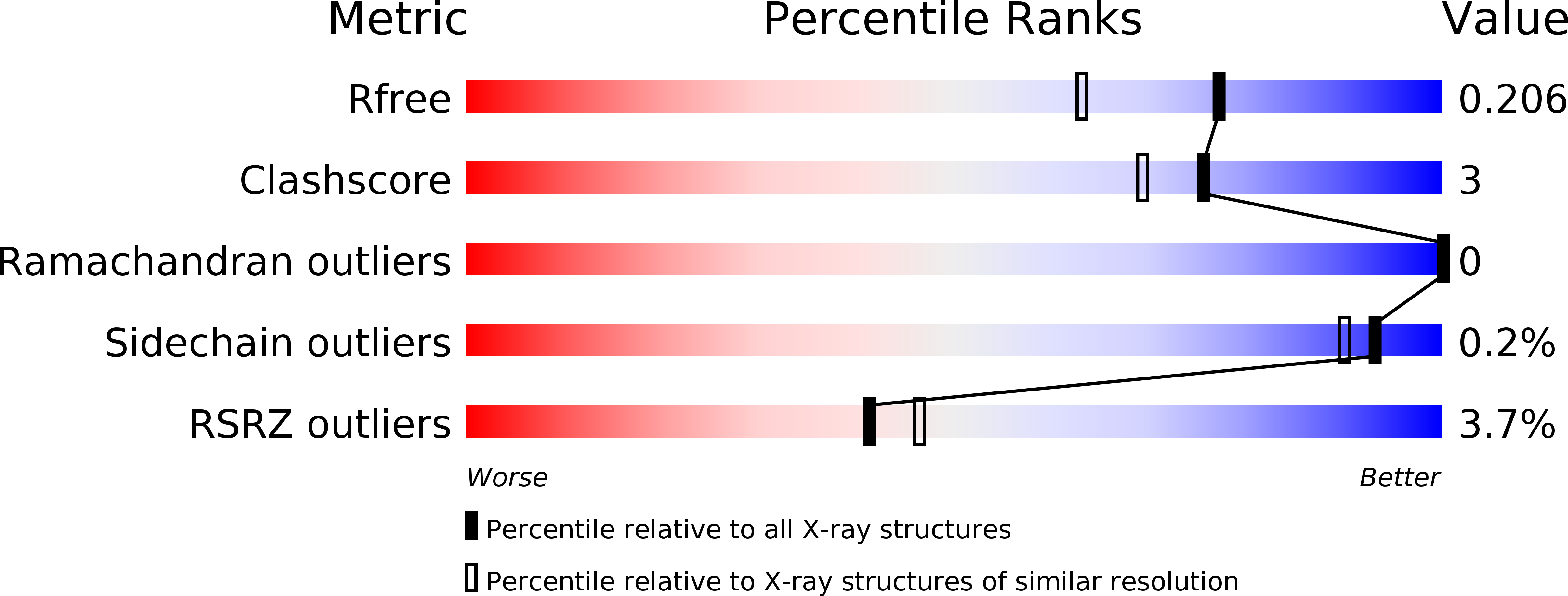
Deposition Date
2016-01-28
Release Date
2016-04-06
Last Version Date
2023-09-27
Entry Detail
Biological Source:
Source Organism:
Dickeya chrysanthemi (Taxon ID: 556)
Host Organism:
Method Details:
Experimental Method:
Resolution:
1.70 Å
R-Value Free:
0.20
R-Value Work:
0.16
R-Value Observed:
0.16
Space Group:
P 21 21 21


